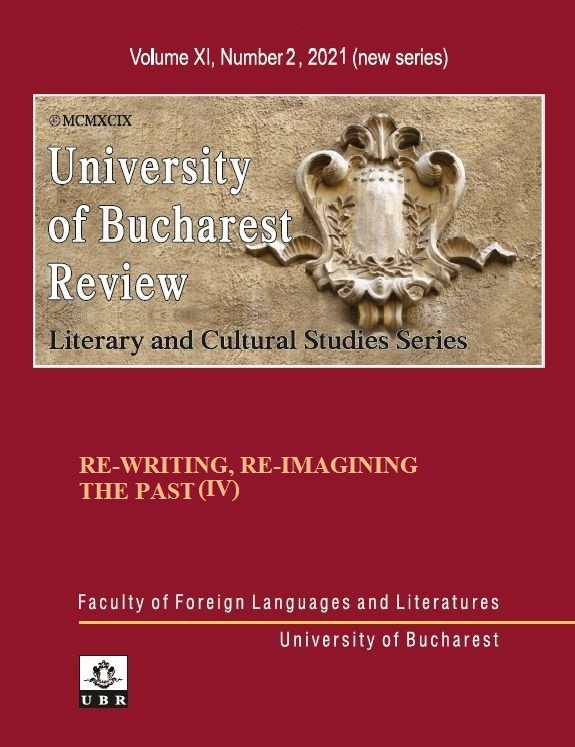Re-writing Myth: An Analysis of Margaret Atwood’s The Penelopiad
Re-writing Myth: An Analysis of Margaret Atwood’s The Penelopiad
Author(s): Namrata NistandraSubject(s): Gender Studies, Studies of Literature, Other Language Literature, Theory of Literature
Published by: Editura Universităţii din Bucureşti
Keywords: adaptation; appropriation; Feminism; intertextuality; irony;
Summary/Abstract: Myths provide a fertile ground for adaptation and appropriation. The preoccupation of writers with the stories and characters from the margins leads to interesting variations of age-old stories. As a consequence, the familiar stories are re-worked and transformed as an act of subversion. The embedded mythical framework in the revised text enriches its meaning infinitely. This paper is an attempt to understand Atwood’s text as trying to fill in some gaps in Homer’s Odyssey. As a feminist writer, Atwood re-visits the canonical text from a new perspective. She attempts “not to pass on a tradition but break its hold over us” (Rich). The re-writing of grand narratives becomes a strategy whereby a shift in power becomes possible. Atwood’s text is subtitled ‘The Story of Penelope and Odysseus’ making the shift quite clear. The narrative voice alternates between Penelope’s disembodied spirit from the underworld and the chorus of her twelve, faithful maids. The Penelopiad, in this way, becomes a polyphonic text where the different voices blend and clash and no final, authoritative meaning is possible. The re-working, thus, becomes an act of liberation.
Journal: University of Bucharest Review. Literary and Cultural Studies Series
- Issue Year: XI/2021
- Issue No: 2
- Page Range: 64-70
- Page Count: 7
- Language: English

